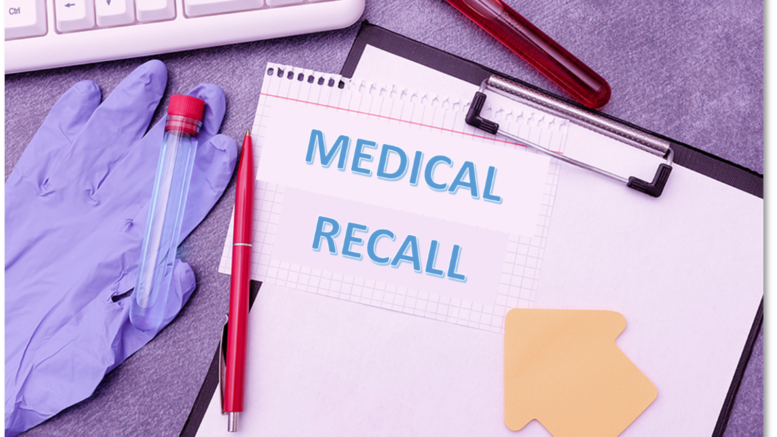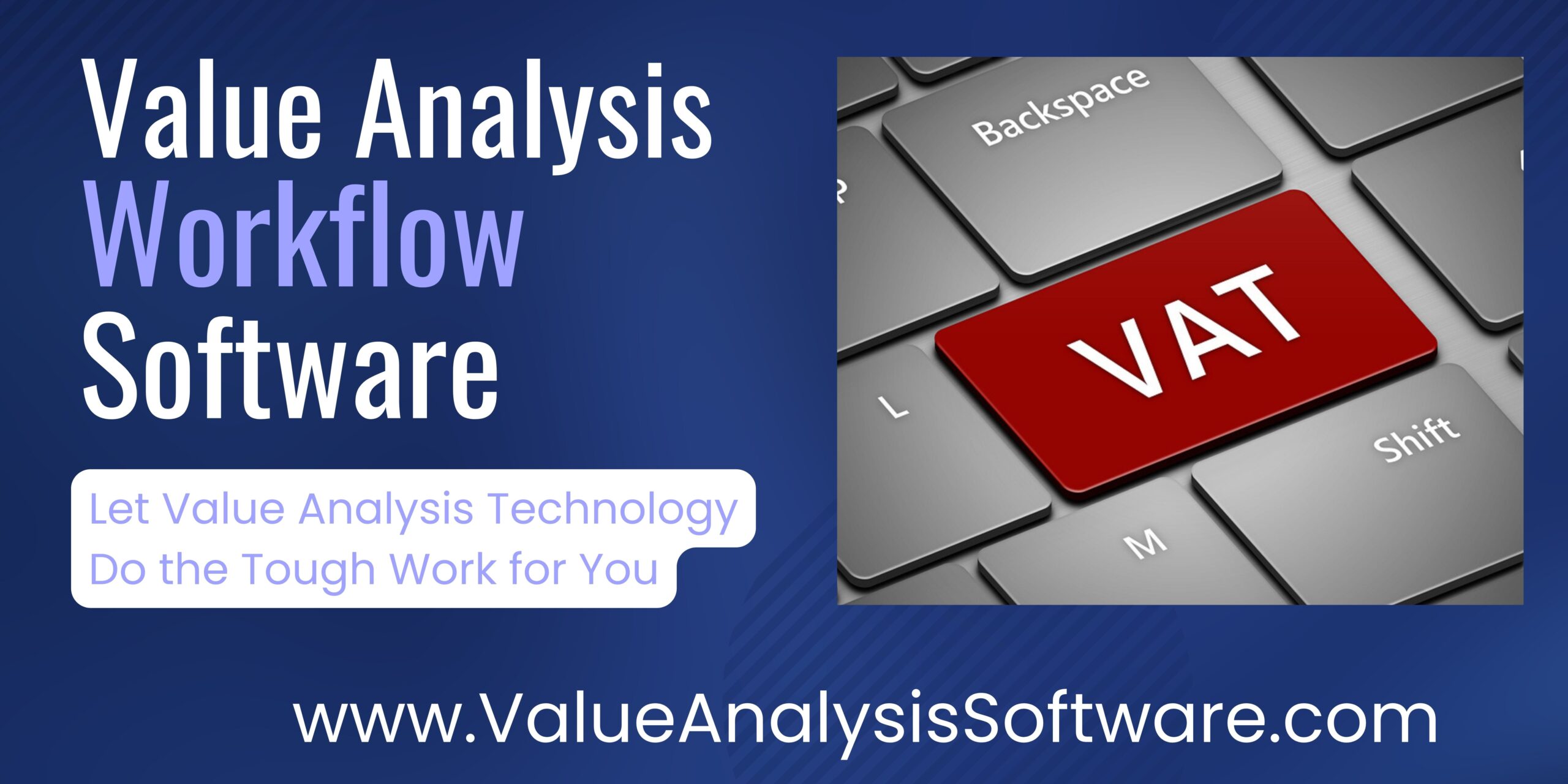When managing medical device notices and recalls for a healthcare organization, it can seem like a daunting task. According to Sedgewick’s Recall Index, Edition 2 for 2022, recall events in Q2 increased 34% from the previous quarter, with safety concerns ranking as the leading cause of recalls, twice as many as compared to Q1. The number of recalls generated each year has been consistently increasing and this trend is expected to continue. Depending on the type and size of the organization, the number of recall notices received can vary from less than 10 to over 5,000 a year, many of them repeat notifications.
The purpose of any recall, voluntary or mandatory, is to “protect the public health and well-being from products that present a risk of injury or gross deception or are otherwise defective” (FDA 21CFR 7). The number of Class I recalls in Q2 was the highest it has been in over 15 years and increased 23.5% from Q1. Yet, with so many other pressing issues, like supply chain disruptions and staffing shortages, recall management may not rise to the top of an organization’s priority list. But what could be more important than patient safety? Healthcare accrediting agencies recognize the important role that proper recall management plays in providing a safe patient care environment and acknowledge its importance by incorporating it into their standards (i.e., The Joint Commission Standard EC020101, EP11 for all healthcare settings).
While some organizations have a fairly robust process, others have no defined process at all. And the consequences of not complying with a recall can be severe, including sanctions, loss of accreditation, financial liability, or damage to an organization’s reputation. An effective recall management process is a necessary patient safety initiative for any healthcare organization. What components are essential to developing a comprehensive and successful recall management process?
First, an organization must have the support of leadership to guarantee that a recall management process is properly defined, implemented, and sustained. This will also ensure that the required resources will be allocated to this process and an environment of awareness and accountability is promoted when it comes to addressing recalls.
Another important attribute of an effective recall management process is just that – having a defined policy and process that starts from the time the alert is received to the final handling/disposal of the affected products. The policy needs to define who has responsibility for the oversight of the process and for each of the steps along the way; the structure of the process (centralized or decentralized); a standardized workflow that will be followed in responding to notifications; the required documentation of the process; and the auditing for compliance, including metrics. The training plan for employees should also be outlined in the policy. This policy should be reviewed and updated regularly to incorporate new regulations and feedback from key stakeholders.
Like anything else in healthcare, if it wasn’t documented, it wasn’t done. Another essential component of recall management is the maintenance of accurate and accessible documentation, stored in a central repository to allow for reporting to internal committees and external regulatory agencies such as The Joint Commission. A spreadsheet or scanned copies saved to a shared drive is not adequate to show compliance to a defined process.
Metrics are necessary to determine the efficacy of any process and recall management is no exception. Timeliness of response, completion rate, and number of patients or patient care practices affected could provide valuable insights into how efficient and effective the process is and where improvements can be made. Metrics also allow for the opportunity to celebrate successes for the work being done by the team.
Effective recall management involves many disciplines and departments within an organization along with the requisite diligence and oversight of the leadership team. Any delays in the process can put patients at an increased risk of being adversely affected by recalled devices. Recall alert management should be embraced as an essential patient safety initiative regardless of an organization’s size or scope. Healthcare organizations need to be strategic and innovative, gaining collaboration from all stakeholders to tackle the challenges of recall management. Stay tuned for future articles where I will continue to discuss additional medical device recall management strategies.
Tracey Chadwell, BSN, RN, CVAHP, HACP
Value Analysis Recall Management Advisor and Owner, TACH Consulting
Tracey Chadwell has 30 years of clinical and supply chain experience driving clinical and operational performance improvement, demonstrating significant returns on investment through clinical utilization management of resources and operational cost savings. Her experience covers aspects of supply chain including data analytics, operational efficiencies, internal and external customer relations, GPOs and contracting, and consulting in these areas. Her experience in value analysis includes leading a program, developing or refining existing programs, and implementing millions of dollars in savings through various healthcare organizations. This included operational and clinical process improvement programs which contributed to cost savings in both labor and non-labor expenses.
This year, Tracey started her own consulting enterprise, TACH Consulting. Prior to joining that, she worked as a senior director of the clinical advisory specialists for Intalere, serving as an SME and trusted advisor to their members, as well as providing consulting services in supply chain and value analysis. In addition to her 10 plus years as a bedside nurse and manager, she has also worked as a consultant for value analysis and service-line analytics for two large GPOs.
Tracey has also been active with state healthcare organizations in all classes of trade, providing educational presentations and advisory services. She has appeared on several podcasts, such as Power Supply and The ASC Podcast as well as several industry blogs. She is a member of the Association for Healthcare Resource and Materials Management (AHRMM) and the Association of Value Analysis Professionals (AHVAP).
Articles you may like:
Why KPIs Can Help You Optimize Your Value Analysis Team’s Performance Almost Overnight





